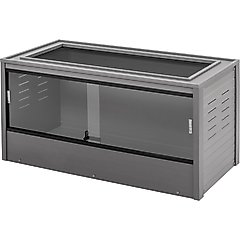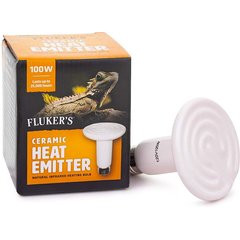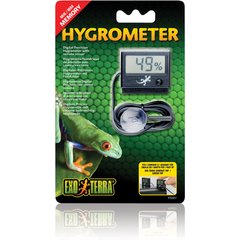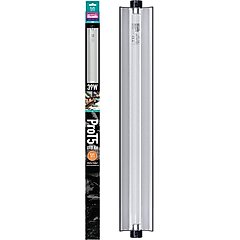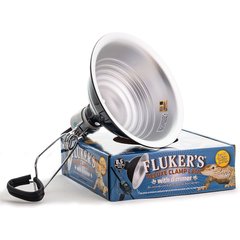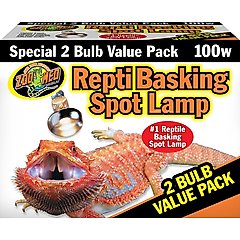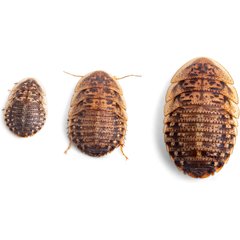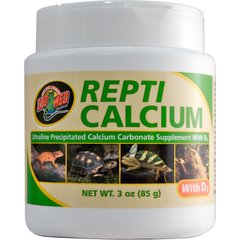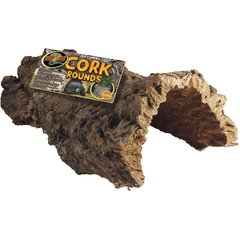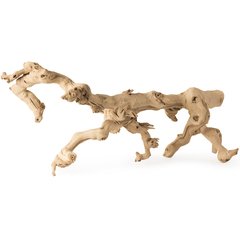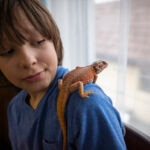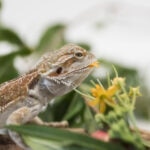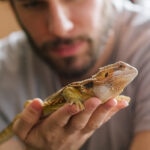Do Bearded Dragons Make Good Pets?
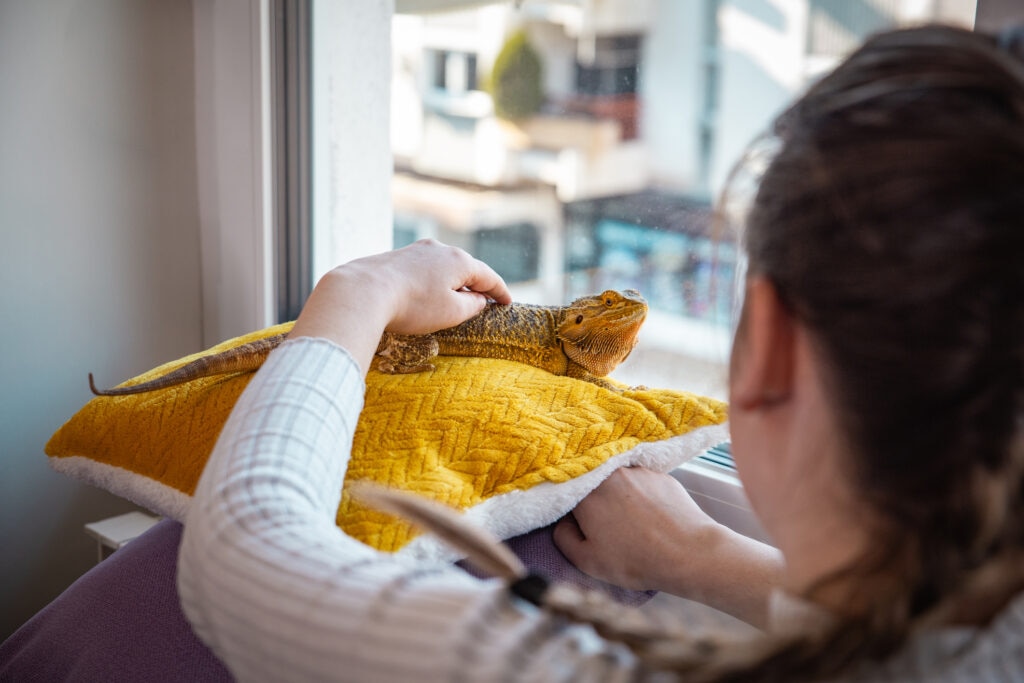
Photo by Pavlina Popovska/E+
If you’re asking, “Are bearded dragons good pets?” you’re not alone. These charming reptiles have surged in popularity thanks to their engaging personalities and relatively manageable care routines.
But as with any pet, there are important pros and cons to consider. Let’s explore everything you need to know before bringing a beardie home.
Key Takeaways
- Beardies are gentle and entertaining, with docile personalities perfect for beginners, just make sure to do your research.
- They require a precise habitat setup and daily care, so you must be committed.
- You must monitor many factors, including their diet, UVB, hygiene, and wellness.
- Pet suitability depends on your lifestyle. Beardies are great pets, but they demand a long-term, safe commitment.
Pros of Having a Bearded Dragon
They are friendly and docile. Bearded dragons are known for being calm and tolerant. Many enjoy gentle handling for short periods of time, even perching on their owner’s shoulders. These are traits that make them excellent for families and first-time reptile keepers.
They teach responsibility. Being a bearded dragon owner can help kids (and adults) learn responsibility. Their daily needs must be met, including regular feeding and habitat cleaning. They can also be handled briefly each day, as long they tolerate it. This helps to foster responsibility and time management.
They offer low noise and less shedding. Unlike furry pets, beardies don’t shed fur (they do shed skin, however), bark, or meow. They provide quiet companionship that won’t disturb neighbors or family members in the house.
They have a reasonable lifespan. With proper care, bearded dragons can live an average of five to 10 years, making them a fulfilling, long-term commitment.
Their behaviors are fascinating. Watching them bask, arm-wave, and chase crickets is endlessly entertaining. Their expressive behaviors make them full-time sources of curiosity.
Cons of Having a Bearded Dragon
They require specialized habitats. Beardies need a custom tank with proper heat gradients, UVB lighting, and safe substrate. Climbing spots and hiding areas are also required. Their tanks also need to be switched out as they continue to grow to avoid either stunting their growth or other health issues.
They need daily care and maintenance. A beardie’s routine requires daily feeding (a diet that includes insects, fruits, and veggies), habitat cleaning, regular lighting checks, and providing supplements to prevent health issues like metabolic bone disease.
They aren’t immune to health risks and veterinary care. Beardies are hardy, but poor husbandry can lead to problems (e.g., metabolic bone disease, impaction, adenovirus). Careful monitoring and annual visits to your reptile veterinarian are necessary.
Additionally, like many reptiles, bearded dragons can carry Salmonella. The Centers for Disease Control and Prevention recommends thorough handwashing after touching a bearded dragon or any of their food, accessories, or habitat. Contact with bearded dragons should be avoided for young children, elderly, or immunocompromised individuals.
Their initial investment can be costly. Initial investment in your beardie’s habitat, heating, UVB lights, and other equipment can start at $200 or more, plus the ongoing costs for food, lighting, and routine vet visits.
Is a Bearded Dragon Right for You?
Here’s what to consider when deciding if a beardie should join your household:
| Factor | Considerations |
|---|---|
| Lifestyle | Do you want a quiet, low-interaction pet who’s fun to observe and handle? |
| Time and Effort | Are you prepared for daily feeding and habitat maintenance? |
| Household | Is your home suitable based on age, health, and space needed for a large enough enclosure? |
| Budget | Can you afford supplies, UV lighting, food, supplements, and vet care? |
| Commitment | Are you ready to provide care for up to 10 years? |
Essential Care Tips for Healthy Bearded Dragons
Enclosure Setup:
- For adult beardies, it’s recommended to provide a 120-gallon tank (48”L x 24”W x 24”H) to allow for a complex setup, including rocks, branches, and multiple hides.
- Ensure the tank has a heat gradient, UVB, a hygrometer to measure humidity daily, and a secure top.
- Choose safe substrate (e.g., reptile carpet or liner) to minimize ingestion risk and subsequent impaction.
Recommended Products
Temperature and Lighting:
- Ensure they have access to a basking spot. This includes a temperature of 100–110 F for basking and 75–85 F for the cooler end.
- Provide roughly 12 hours of UVB lighting; bulbs should be replaced every six months
Recommended Products
Balanced Diet:
- For juveniles: Feed insects daily (gut-loaded insects) and veggies
- For adults: A veg-heavy diet with insects provided two to three times a week
- Use calcium/vitamin supplements two to three times weekly to help with building strong bones, muscle function, and digestive health.
Recommended Products
Handling and Enrichment:
- Beardies can enjoy gentle, regular handling by their owner. Keep in mind that longer durations of handling may increase stress for a beardie, so pay attention to their behavior.
- Ensure their habitat includes hiding and climbing options for mental stimulation
Recommended Products
Veterinary Care and Hygiene:
- Annual checkups, plus immediate care for symptoms like lethargy or calcium issues.
- Always wash hands before and after handling your beardie and their enclosure.
Yes, bearded dragons can be wonderful pets for those willing to meet their specific care needs. They bring unique charm into a home, but they also come with responsibilities, including dedicated habitat care, health monitoring, and hygiene awareness.
If you’re ready for the responsibilities, then a healthy, thriving beardie could be your best reptile companion.
Attributions
This article was created with assistance from AI tools. The content has been reviewed for accuracy and edited by a human.
